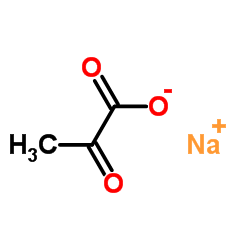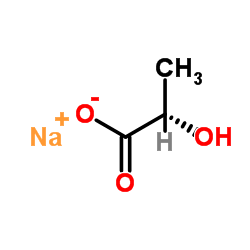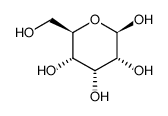| Structure | Name/CAS No. | Articles |
|---|---|---|
 |
Ethanol
CAS:64-17-5 |
|
 |
Sodium 2-oxopropanoate
CAS:113-24-6 |
|
 |
1,3-Butanediol
CAS:107-88-0 |
|
 |
L-(+)-Lactic acid sodium salt
CAS:867-56-1 |
|
 |
Beta-D-allose
CAS:7283-09-2 |